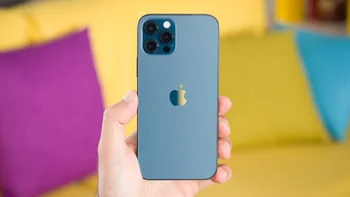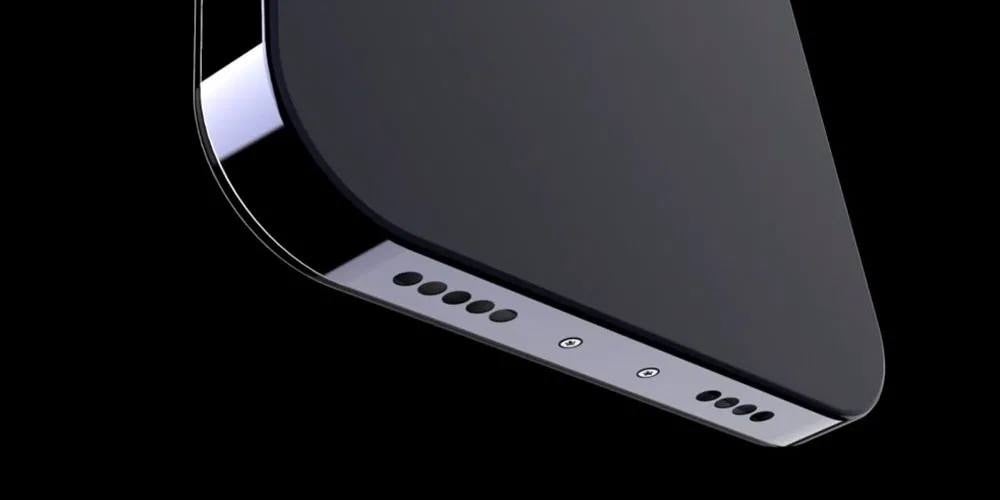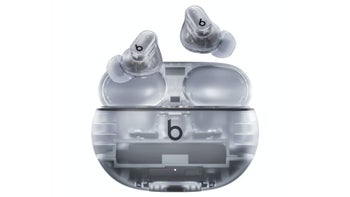Apple reportedly tests how a portless iPhone can recover/restore data

At least one Apple iPhone 13 model is expected to be unveiled later this year without a charging port. To get consumers ready for a portless iPhone, Apple shipped the iPhone 12 line without including a charging brick in the box. It also introduced the MagSafe line of accessories that attach to a compatible iPhone by using a magnet. One of the MagSafe products is a charger with a USB-C plug on the end. This connects with a 20W- USB-C Power Adapter available for an additional $19 from the Apple Store (brick & mortar and online). The MagSafe charger will run you $39 or $3.25 a month over 12 months.
Apple works on a way for a portless iPhone user to recover lost files
Not having an opening into the phone might improve water resistance, which is already outstanding on the iPhone 12 Pro series. But without a port, how will affected iPhone 13 users restore and recover their data in case of a serious issue? Right now, users can plug in their Lightning cord and with a USB-B or USB-C plug on the other end, connect to their computer to restore or recover lost data. Apple Watch users in the same situation are forced to ship the timepiece back to Apple to find and install lost data. This service is not free by the way.

Since the Apple Watch is an accessory that users can go a few days without, this is not a problem. But many people could not make it without their smartphone for a few days which forces Apple to come up with something new. And according to Appleosophy, Apple has devised a way that users can restore and recover data for their portless iPhone without having to send the device to Apple. This new new feature is called "Internet Recovery." An iPhone user puts his device into "recovery mode" which sets off an Internet Restore broadcast feature and adds the device to iTunes/Finder. Prompts will then appear which the user will follow in order to restore/recover his data. That, reportedly, is Apple's first choice. The alternative would be for an iPhone to automatically go into "Internet Recovery" mode and send out prompts for the user to follow.
Apple engineers also considered using Bluetooth to send the files that an iPhone user needs. This would start off like the previously mentioned recovery methods but use Bluetooth to update the affected iPhone. But these signals were considered to be slower, more unreliable, and insecure. Using Bluetooth would also require the use to sync his iPhone to the Bluetooth signal via a PC/Mac and follow the directions.
The hardware engineers have been trying to build wireless data access into the iPhone. The Apple Watch has a hidden port built into the area of the timepiece where the band is attached. Apple uses it when a timepiece is shipped to them to recover/restore a file. For the iPhone, Apple is said to be considering creating a hidden port in the back of the SIM card slot. The company will eventually have to judge whether a software solutions or a hardware solution is the best way to go. Again, things like speed, security, ease of use and other factors will need to be considered.
Apple is reportedly testing these "Internet Recovery" methods but thus far the speeds have been too slow. It is only February and Apple can hold off on making some important decisions for this year's iPhone models. And a couple of years ago, the company supposedly made a last second decision not to include reverse wireless charging with that year's models.
What is interesting about this whole portless iPhone thing is the timing. Removing the charger from the box, introducing the MagSafe line were all prerequisites and when you look at it this way, the odds of Apple going portless this year are better than you might have expected.













Things that are NOT allowed: